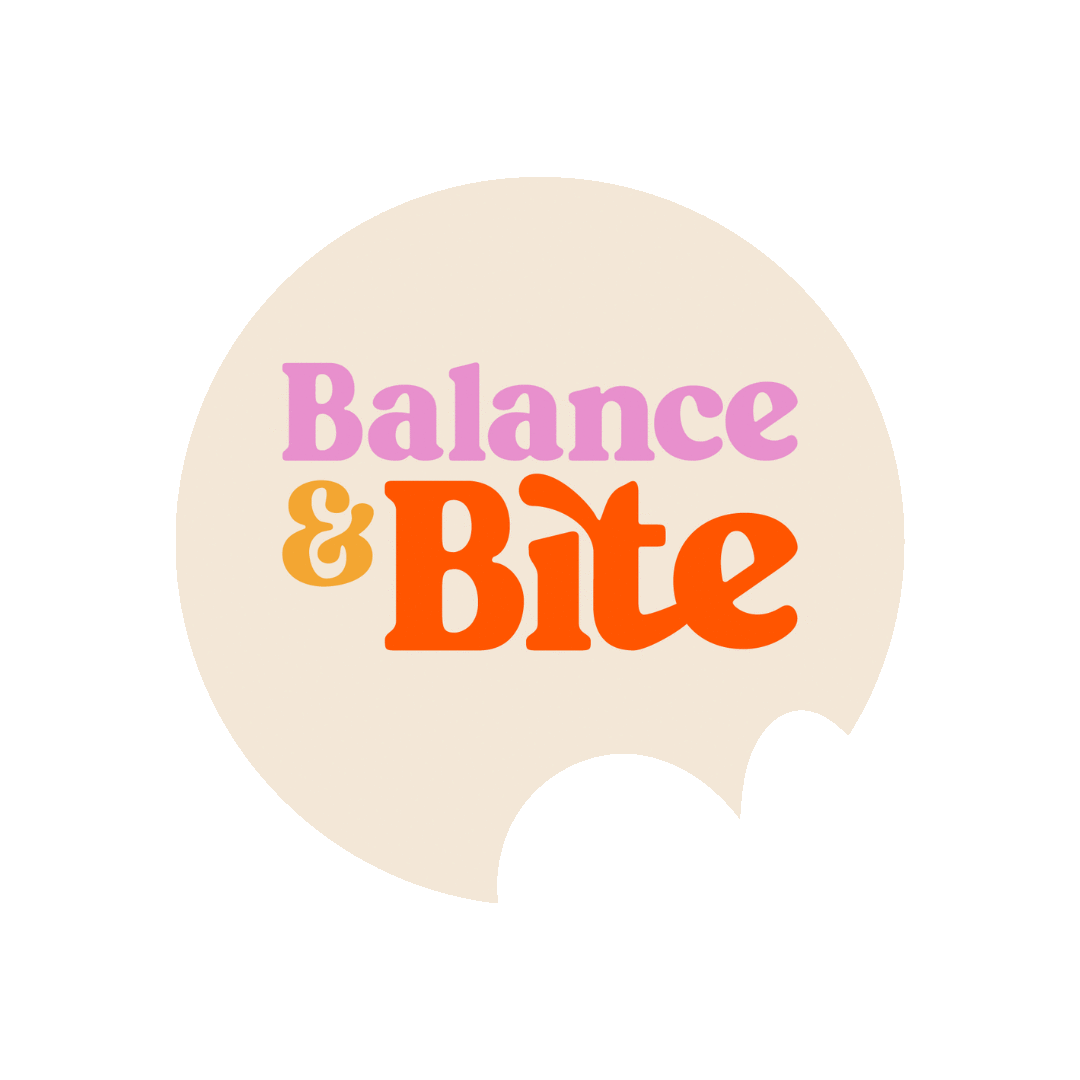We get it. You’ve heard it from a million different people a million times—we need to eat more vegetables! We also understand the challenges of coping with a cost-of-living crisis, having no time to cook, and how there might be more appealing choices than vegetables. However, there is a reason people, especially Dietitians, bang on about them like a broken record—they really are so beneficial for your health!
Why should we increase vegetable intake?
So why should we reach for the veg when we have supplements, Uber Eats and frozen pizza at our fingertips?
Reason #1 – Fibre
Vegetables contain lots of fibre—especially the skins. Why do we need fibre? It helps us slow down digestion, feed our healthy gut bacteria, ensure regular bowel movements, keep our cholesterol healthy, and oh-so much more.
Reason # 2 – Antioxidants
Veggies are full of antioxidants. What do antioxidants do? A diet high in antioxidants may reduce the risk of many diseases as antioxidants assist in removing free radicals in the body.
Research indicates that antioxidant supplements are less effective than naturally occurring antioxidants in foods like fruits and vegetables. Sorry Influencers!
Reason # 3 – Vitamins & Minerals
Vegetables are packed full of essential vitamins and minerals. Our body is unable to produce most of these, so it is crucial that we include them in our diet. Some of the most common include Vitamin C, Beta-carotene, Vitamin K, B vitamins, Vitamin E, Potassium, Magnesium and many more.
Knowing which vitamins/minerals are in a particular vegetable is not overly critical for the everyday person. Instead, aim to include a variety of different-coloured vegetables, which can ensure we are consuming enough of each.
Reason #4 – Gut Health
Eating a variety of different vegetables can also be beneficial to our gut health. Having different types of vegetables encourages the development of a diverse microbiome. A more diverse gut can influence mood, our immune system, and how we extract nutrients from food.
Our gut microbiome plays a part in almost every daily reaction in the body. Gut health research is continuously growing, and we know that eating enough veggies is a great way to keep our gut at the top of its game!
Why do Australian’s struggle to eat enough vegetables
So you know you should be eating more vegetables, but why aren’t you? Don’t worry. You’re not alone, with over 90% of Australians not eating the recommended servings of vegetables daily. Traditionally, the advice relayed to the public to encourage vegetable intake has been quite boring and bland – much like the veggies themselves. This often causes us to get sick of eating the same flavourless veggies, which leads to resentment and, inevitably, avoidance. It’s time we changed this association and discovered how to make vegetables delicious!
So, how can we effortlessly incorporate these essential vegetables into our routine without spending extensive time in the kitchen?
10 easy and creative ways to increase veggie intake
1. Make them taste good
- First, ditch the all-or-nothing mentality – just because they are “healthy” doesn’t mean they must be completely free of fat, seasoning and flavour. Sometimes, if you are from a dieting background, this can seem overwhelming and challenging to wrap your head around. But once you allow yourself to eat all different types of food; who knows what magic you can create in the kitchen?
- Try adding different sauces, dressings, cheese, herbs, spices, salt and pepper.- Trust me: Steamed cauliflower tastes entirely different from roasted cauliflower in a creamy cheese sauce!


2. Use frozen and canned vege
- Frozen and canned vegetables are just as healthy, if not more nutritious, than fresh stuff and are much more affordable. Yes, that’s correct! Unanimous sigh of relief as we get our afternoons back, free from chopping and peeling. Frozen veggies are picked at peak ripeness and flash frozen, sealing the nutrients.
- Coles and Woolies have a great range of canned & frozen veg; some of our faves include:
- Stir Fry $4.5 – add some meat/tofu, noodles and soy sauce, and you got a meal
- Flavoured Mediterranean veg mix $7
- Veggie Rice $6
- Sliced beetroot $2.35 per can
- 4 pack corn kernels – $2.80 – great grab-and-go option for lunches
3. Add them to smoothies
- One of the less common options is adding veggies to smoothies. This is an easy and effective way to increase our vegetable intake. Most often, you can’t even taste them, yet you can reap all the benefits!
- Our favourite smoothie vegetables include spinach, cauliflower, beetroot, avocado, carrot and zucchini.
- Some work better frozen in a smoothie as they create a creamy texture. This also helps to ensure you’ve always got them on hand! You can even opt for frozen spinach cubes, effortlessly incorporating them into your morning banana smoothie.
- Frozen spinach cubes $1
4. Spread them throughout the day – Including snacks!
- Don’t rely solely on dinner to achieve your daily vegetable intake goals.
- Add veggie snacks throughout the day – such as cut-up carrots & hummus, cherry tomatoes & feta and popcorn.
- You can buy pre-cut vegetables such as carrot sticks, mini cucumbers, and pre-made salad mix. Try to have a side salad with your lunch and dinner or even as a snack!
5. ‘Hide’ them in your favourite main meals.
Elevate your go-to dinner favourites by including some extra veg! Some examples include:
- Spaghetti Bolognese- swap ½ meat for lentils, add some grated carrot and olives – link to recipe
- Curries- Veggies are delicious in a curry; add some extra sweet potato, beans, carrot, peas or cauliflower next time you cook a chicken korma or Thai green curry
- Lasagne with zucchini- No, this is different from those recipes that swap the delicious pasta for zucchini. For every sheet of pasta, add a layer of zucchini! link
- Soup- Make a veggie-packed soup using a blender in under 5 minutes (link) and serve it with butter and toast!
- Extra Ideas: Cauliflower Gratin, Baked Potatoes, Side salad at BBQ
6. Buy More Veggies
- This may seem obvious, but hear us out. When we buy veggies, we are more likely to cook them and eat them. Front of sight, Front of mind – serving as a reminder for us to consume them.
- Make it a non-negotiable to buy a couple of veggies at each supermarket shop.
- If you don’t like certain vegetables, you don’t have to force them down. Make a list of vegetables you do enjoy and try to include them in your weekly shop.
7. Try the 30 Plants challenge
- We all enjoy a challenge, and this is one we can actually get around!
- Try to include 30 different plants in 7 days. This challenge is based on studies that have shown that consuming this many different plants can significantly increase our gut health.
- This may seem complicated, but foods such as raisins, peanut butter and chilli all count towards the plant goal! It is a fun way to see where you’re at and what meals of the day you can try to increase your veg intake. While it’s not meant to be a weekly tracking routine, it serves as a valuable starting point for incorporating a more diverse range of vegetables into our diets.
- You can download resources to tick off – challenge your friends and family!


8. Try to get a serve or two in at Breakfast
Traditionally, the breakfasts we eat in Australia are pretty nutrient-poor. However, breakfast is a great time to get a couple of servings of vegetables and set us up for a great day! Some examples of brekkie ideas include:
- Omelette- link to recipe? Cut up all the veg such as capsicum, mushrooms, spinach, and corn and throw them together with some cheese and eggs. Similarly, you could scramble- cut up some of your favourite veggies and add them to your scrambled eggs or tofu in the morning
- A side of sauteed Mushrooms in butter or grilled tomato with eggs- delicious and can be perfectly healthy
- Tomato on toast with cream cheese, salt and pepper – You need to try!
- Add grated carrot and zucchini to your morning porridge – link to carrot cake oats- It sounds strange, but don’t knock it until you try!
- Optional: Breakfast burrito, Shakshuka, Meal prep a veggie-packed quiche that can be easily taken to work.
9. Buy what is on sale
- Opting for in-season vegetables will not only save you money but also guarantee that you get the most nutrient-dense produce.
- Be creative and come up with or find recipes containing this veg. You may even discover your new favourite vegetable or veggie-packed recipe! But we get it. If you hate cooking, this may sound like your worst nightmare, and that’s fine. You can skip this one!
10. Diversify your weekend platter-
- Choose a veggie-packed dip such as spinach and feta, roast capsicum, Eggplant, or Beetroot Hummus- Recipe here
- Cut up carrot sticks, cucumber and capsicum to dip
- Include pickles, sundried tomato, pre-made grilled eggplant slices, olives, etc.
- Serve this amongst all the other good stuff, and you won’t even realise you are hitting your veggie target!


A final note on eating more vege
Strive for progress instead of perfection. Coming from a dieting background can mean we sometimes like to take on an all-or-nothing mentality. Some weeks, you will have more veggies than others, which is completely fine and normal.
Start with one weekly tip and build upon it into a maintainable routine. Any increase in vegetable consumption is going to benefit our health significantly!


Erin’s an Accredited Practising Dietitian & Certified Intuitive Eating Counsellor. She uses a non-diet approach and weight-inclusive care to help her clients reclaim a healthy relationship with food and their bodies free of guilt, shame and restriction.










View comments
+ Leave a comment